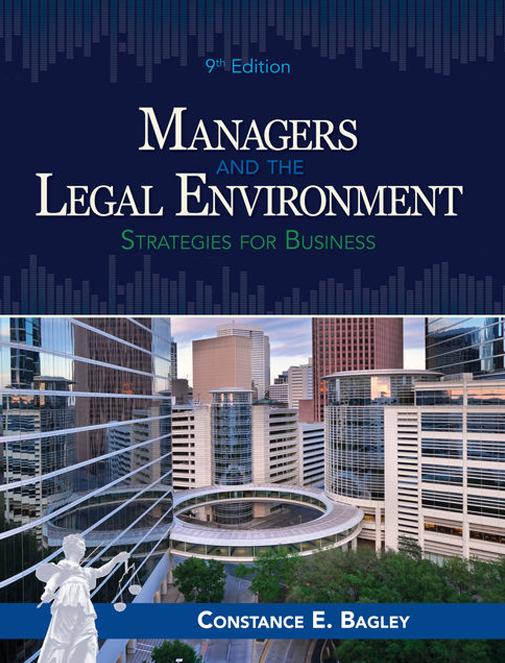Question
In the Hollywood movie A Beautiful Mind, Russell Crowe plays John Nash, who developed the Nash equilibrium concept in his PhD dissertation at Princeton University.
In the Hollywood movie "A Beautiful Mind", Russell Crowe plays John Nash, who developed the Nash equilibrium concept in his PhD dissertation at Princeton University. In one of the early scenes of the movie, Nash finds himself in a bar with three of his fellow mathematics PhD students (all of whom are men who are attracted to women) when a group of five women enters the bar.1 The attention of the PhD students is focused on one of the five women, with each of the four PhD students expressing interest in asking her out. One of Nash's fellow students reminds others of Adam Smith's insight that pursuit of self-interest in competition with others results in the socially best outcome, but Nashin what appears to be a flash of insightclaims, "Adam Smith needs revision."2 In the movie, John Nash then explains that none of them will end up with the woman they are all attracted to if they all compete for her because they will block each other as they compete, and that, furthermore, they will not be able to go out with the other women in the group thereafter because none of the women will agree to date once they know they are, at best, everyone's second choice. Instead, he proposes, they should all ignore the woman they are initially attracted to and, instead, ask the others out. It's the only way they will get a date, he claims. He quickly rushes off to write his thesis, with the movie implying that he had just discovered the concept of Nash equilibrium.
a) If each of the PhD students were to play the strategy John Nash suggests, i.e., if each one selects a woman other than the one they are all attracted to, could this, in fact, be a pure-strategy Nash equilibrium?
b) Is it possible that any pure-strategy Nash equilibrium could result in no one pursuing the woman they are all attracted to?
c) Suppose we simplified the example to one in which it was only Nash and one other student encountering a pair of women. We then have two pure strategies to consider for each PhD student: pursue Woman A or pursue Woman B. Suppose that each viewed a date with Woman A as yielding a "payoff" of 10 and a date with Woman B as yielding a payoff of 5. Each will, in fact, get a date with the woman that is approached if they approach different women, but neither will get a date if they approach the same woman, in which case, they both get a payoff of 0. Write down the payoff matrix of this game.
d) What are the pure-strategy Nash equilibria of this game?
e) Is there a mixed strategy Nash equilibrium? If so, demonstrate it.
f) In the movie, Nash then explains that "Adam Smith said the best result comes from everyone in the group doing what's best for themselves." He
goes on to say, ". . . incomplete, incomplete because the best result will come from everyone in the group doing what's best for themselves and the group. Adam Smith was wrong." Does the situation described in the movie illustrate any of this?
g) While these words from the movie have little to do with the concept of Nash equilibrium, in what way does game theoryand, in particular, games like the Prisoner's Dilemmachallenge the inference one might draw from Adam Smith that self-interest achieves the "best" outcome for the group?
Step by Step Solution
There are 3 Steps involved in it
Step: 1

Get Instant Access to Expert-Tailored Solutions
See step-by-step solutions with expert insights and AI powered tools for academic success
Step: 2

Step: 3

Ace Your Homework with AI
Get the answers you need in no time with our AI-driven, step-by-step assistance
Get Started


